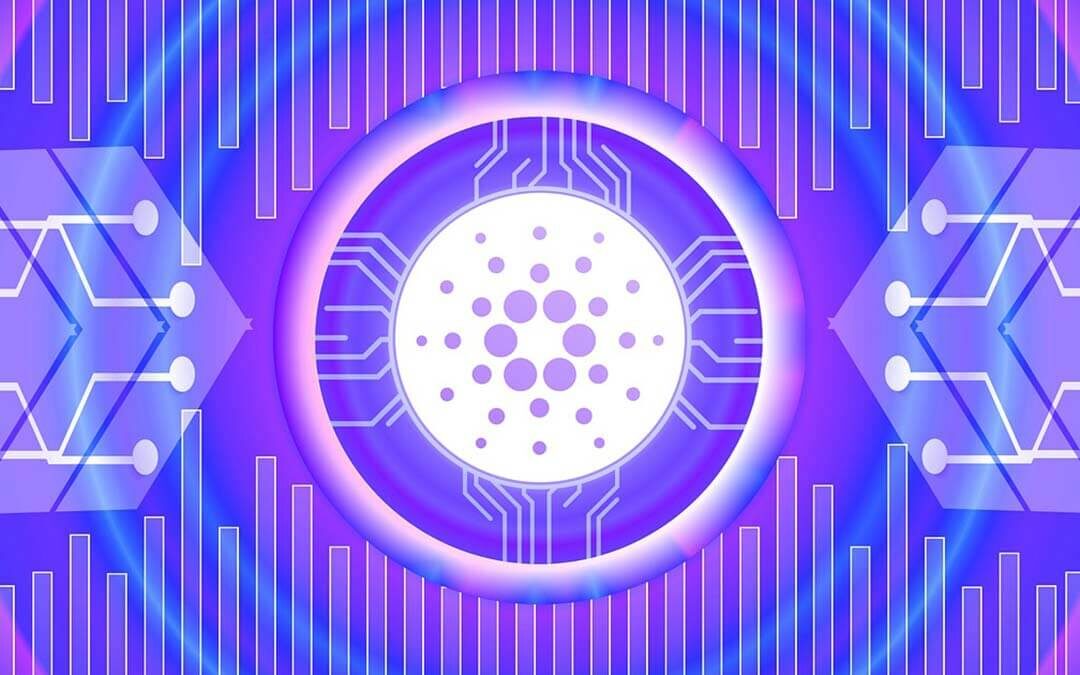Table of Contents
Have you heard of sidechains? Chances are, if you’re in the crypto space, you’ve at least heard the term before. But what are they? How do they work? What are the benefits and potential of using sidechains? This guide will answer those questions and more, so you can understand the power of sidechains and how they’re revolutionizing the blockchain space.
SECTION 1. Introduction to Sidechains
Sidechains are a type of blockchain technology that allow users to move digital assets, such as cryptocurrencies, from one blockchain to another. The primary benefit of sidechains is that they allow users to take advantage of the features of different blockchains without having to move their assets from one blockchain to another.
Sidechains are becoming increasingly popular in the blockchain space, as they offer a variety of advantages to users, including increased security, scalability, and interoperability. In addition, sidechains can help reduce transaction costs and provide more efficient ways to transfer digital assets.
SECTION 2. What is a Sidechain?
A sidechain is a blockchain that is connected to a main blockchain, or “parent” chain. This connection allows users to transfer digital assets, such as cryptocurrencies, from the main chain to the sidechain. Sidechains are often used to facilitate complex transactions and offer additional features that are not available on the main chain.
For example, a sidechain might allow users to create tokens that can only be used on the sidechain, or to trade digital assets without having to send them through the main chain. Sidechains also allow users to experiment with different features and technologies without affecting the main blockchain.
SECTION 3. Benefits of Sidechains
Sidechains offer a variety of benefits to users, including increased security, scalability, and interoperability. By allowing users to move assets between blockchains, sidechains provide an additional layer of security, since assets are not vulnerable to attacks on the main chain.
In addition, sidechains can help reduce transaction costs and offer more efficient ways to transfer digital assets. This is because sidechains allow users to move assets between different blockchains without having to pay the high transaction fees associated with transferring assets on the main chain.
Sidechains also enable users to take advantage of different blockchains’ features. For example, a user might want to use the features of a particular blockchain, such as smart contracts, without having to move their assets to that blockchain. By using a sidechain, the user can take advantage of those features without having to move their assets.
Finally, sidechains enable interoperability between different blockchains. By allowing users to move assets between different chains, sidechains make it possible for users to take advantage of features across different blockchains.
SECTION 4. Types of Sidechains
There are two main types of sidechains: public and private. Public sidechains are open to anyone, and anyone can access the data on the chain. Private sidechains, on the other hand, are only accessible to certain users, and the data on the chain is not publicly visible.
In addition, there are different types of sidechains, such as pegged sidechains, which are used to transfer assets between two different blockchains; and plasma sidechains, which are used to create child blockchains that are connected to the main chain.
SECTION 5. How Sidechains Work
Sidechains work by connecting two different blockchains together. When a user wants to transfer an asset from one chain to another, they first send the asset to a “bridge”, which is a special type of address on the sidechain. This address is then used to transfer the asset between blockchains.
When the asset is transferred, the sidechain creates a transaction record on both the main chain and the sidechain. This ensures that the asset is transferred securely and that the transfer is recorded on both blockchains.
Sidechains also allow users to create tokens that are only available on the sidechain. These tokens are created by “minting”, which is a process where the user creates a unique token on the sidechain.
SECTION 6. Examples of Sidechain
One of the most popular examples of sidechains is the Bitcoin sidechain, which is used to transfer Bitcoin from one blockchain to another. The Bitcoin sidechain is a two-way peg, meaning that users can move Bitcoin from the main chain to the sidechain, and then back again.
In addition, Ethereum has a number of sidechains, such as the Rootstock sidechain, which is used to create tokens that are only available on the sidechain. Rootstock is also used to create child blockchains, which are connected to the main Ethereum chain.
SECTION 7. Cardano and Sidechains
Cardano is a blockchain platform that is designed to provide users with a secure and scalable platform for creating and transferring digital assets. The platform is powered by a sidechain technology called Ouroboros, which is used to create and manage sidechains.
Ouroboros is a proof-of-stake consensus algorithm that is used to secure the sidechains and create a secure and scalable platform for transferring digital assets. In addition, Ouroboros is also used to create tokens that are only available on the sidechain.
SECTION 8. Potential of Sidechains
The potential of sidechains is enormous. Sidechains can be used to create tokens that are only available on the sidechain, and they can also be used to transfer digital assets between different blockchains. In addition, sidechains can be used to create child blockchains that are connected to the main chain.
Sidechains can also be used to create more secure and efficient platforms for transferring digital assets. By allowing users to move assets between different blockchains, sidechains help reduce transaction costs and provide more efficient ways to transfer digital assets.
Finally, sidechains can be used to create a secure and scalable platform for creating and transferring digital assets. By allowing users to move assets between different blockchains, sidechains help reduce transaction costs and provide more efficient ways to transfer digital assets.
SECTION 9. The Challenges of Sidechains
Although sidechains offer a variety of benefits, there are also some challenges that need to be addressed. For example, sidechains are still relatively new technology, and there is still a lot of research that needs to be done in order to fully understand their potential.
In addition, sidechains are only as secure as the main chain they are connected to. If the main chain is not secure, then the sidechain is also not secure. Finally, sidechains can be vulnerable to attacks, as they are still relatively new technology.
SECTION 10. Conclusion
Sidechains are an incredibly powerful and versatile technology that is revolutionizing the blockchain space. By allowing users to move digital assets between different blockchains, sidechains offer increased security, scalability, and interoperability. In addition, sidechains can help reduce transaction costs and offer more efficient ways to transfer digital assets.
Cardano is at the forefront of sidechain technology, with its Ouroboros protocol being used to secure sidechains and create tokens that are only available on the sidechain. The potential of sidechains is enormous, and as the technology continues to evolve, it will become even more powerful and versatile.
If you’re looking to take advantage of the benefits of sidechains, Cardano is a great place to start. With its Ouroboros protocol, Cardano is well-positioned to take advantage of the potential of sidechains and revolutionize the blockchain space.
Support the project
Delegate with Pasta Pool
You may delegate even a small part of your Cardano, every contribution is precious for us.
Select [PASTA] from the staking pool list


